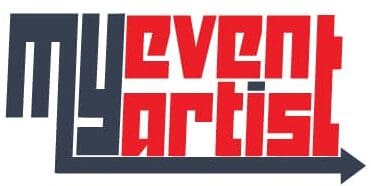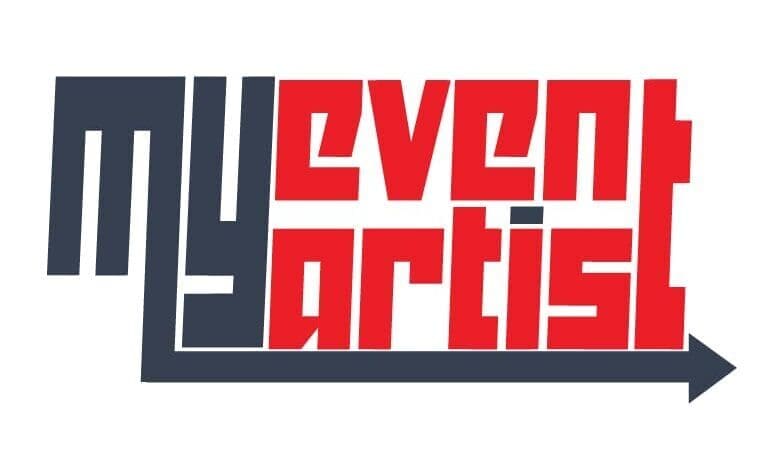Collaborating with a graphic designer to bring your vision to life for an upcoming sporting event is an exciting opportunity to create visually appealing and engaging designs that resonate with your audience. However, the collaborative process can sometimes encounter challenges that may hinder the successful execution of your design concept. In this detailed guide, we will explore common pitfalls to avoid when working with a graphic designer on your event design for sporting events.
- Define Clear Design Objectives and Expectations
One of the key pitfalls in working with a graphic designer is a lack of clear communication regarding design objectives and expectations. Before engaging with a designer, take the time to define your goals, messaging, target audience, and the desired aesthetic for your sporting event. Providing the designer with a detailed design brief that outlines these aspects can help align expectations and ensure a cohesive design outcome.
- Establish a Realistic Timeline and Scope of Work
Setting unrealistic timelines and expectations can lead to rushed design decisions and compromised quality. Work closely with your graphic designer to establish a realistic timeline that accounts for concept development, revisions, and final deliverables. Clearly define the scope of work, including the number of design iterations allowed, file formats required, and any additional design assets needed for the event.
- Maintain Open and Constructive Communication
Effective communication is fundamental to a successful collaboration with a graphic designer. Encourage open dialogue, provide constructive feedback, and be receptive to the designer’s ideas and suggestions. Clearly articulate your preferences, likes, and dislikes, while also being open to creative input from the designer. Regular check-ins and updates can help ensure that the design process stays on track and meets your expectations.
- Avoid Micromanaging and Trust the Designer’s Expertise
Micromanaging the design process can stifle creativity and hinder the designer’s ability to fully explore innovative ideas. Trust in the designer’s expertise and give them the creative freedom to execute the design vision within the parameters set forth in the design brief. Provide feedback and guidance, but also allow room for the designer to showcase their skills and creative flair in bringing your event design to life.
- Address Issues Early and Resolve Misunderstandings Promptly
In any collaborative project, misunderstandings and discrepancies may arise. It is essential to address any issues or concerns early on to prevent them from escalating and impacting the design process. If you encounter challenges or discrepancies in the design concepts, communicate openly with the designer to clarify expectations and find mutually agreeable solutions. Proactive communication can resolve issues efficiently and maintain a positive working relationship.
- Ensure Legal Compliance and Brand Consistency
Maintaining legal compliance and brand consistency in your event design is critical to uphold your organization’s reputation and credibility. Work closely with the graphic designer to ensure that the design elements meet copyright and trademark regulations, especially if using third-party assets or logos. Uphold brand guidelines and visual identity standards to achieve a cohesive and recognizable design that aligns with your organization’s image and values.
- Plan Ahead for Production and Printing Requirements
Neglecting to plan for production and printing requirements can lead to last-minute challenges and delays in the finalization of your event materials. Coordinate with the graphic designer to ensure that the design files are formatted correctly for printing, including color profiles, resolutions, and bleed specifications. Consider production timelines and order materials well in advance to account for any unforeseen delays in the printing process.
Conclusion: Successful Collaboration for Exceptional Event Designs
Working with a graphic designer on your event design for sporting events can yield outstanding results when approached with clear communication, realistic expectations, and a collaborative mindset. By defining clear design objectives, establishing a realistic timeline, maintaining open communication, avoiding micromanagement, addressing issues promptly, ensuring legal compliance and brand consistency, and planning for production requirements, you can navigate the design process effectively and achieve impactful event designs that resonate with your audience.
For more valuable insights and tips on sporting event logo designs, browse through our website at myeventartist.com. Explore our extensive collection of immediately downloadable vector logo designs tailored to various sporting categories. If you’re in need of a custom event logo design tailored to your event’s theme and objectives, submit a request on our website at https://myeventartist.com/product/request-custom-event-logo-design/.
Remember, fostering a collaborative and communicative relationship with your graphic designer can lead to exceptional event designs that leave a lasting impression on attendees and participants.
#graphicdesigner, #pitfallstoavoid, #collaboration, #eventdesign, #communication, #production



Leave a Reply